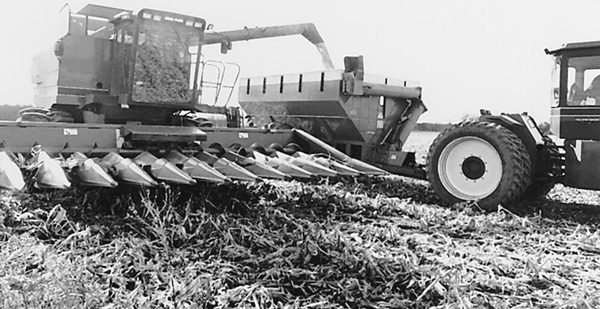No-Till Farmer
Get full access NOW to the most comprehensive, powerful and easy-to-use online resource for no-tillage practices. Just one good idea will pay for your subscription hundreds of times over.

Pictured Above: The Nebraska farmers enrolled in this unique on-farm research program earned an average of $7,216 in additional profits for their efforts during 1997.
When something works, it’s hard to make changes. Conversely, without change, it’s hard to make improvements.
That’s what’s leading more no-tillers to on-farm testing to validate the value of change. But if not designed properly, results of on-farm test plots can do more damage than good, maintains Keith Glewen, University of Nebraska extension educator.
“Through years of experience in extension work, I’ve seen farmers doing their own in-field comparisons,” Glewen explains. “But a lot of times I’d wonder if they are getting the correct answer or are being misled because of the way they set up the comparison. Wrong information can be worse than no information.”
Glewen explains that during the mid-1980s, Maximum Economic Yield Clubs were getting a lot of farm media coverage. In these clubs, profitability was the deciding factor instead of yield.
After studying the design of a number of these clubs, Glewen and other University of Nebraska personnel got the idea to start their own program.
“What we did was sit down with 12 farmers and form a pilot project called the Nebraska Soybean Profitability Project,” he recalls. “Four years later, we added corn and other feed grains to the project and changed the name to the Nebraska Soybean and Feed Grains Profitability Project (NSFGPP).”
The profit-building project actually consists of four components: